Retirement communities are designed to offer peace of mind, low maintenance living, and plenty of amenities—but not all of them are living up to the promise. In fact, some are already starting to show cracks, both literally and figuratively. From rising HOA fees to underwhelming healthcare access, a number of these planned communities are revealing deeper issues as residents settle in. For people nearing retirement, that can mean hard decisions and unexpected challenges. Here are 14 retirement communities that may be worth a second look before you buy.
1. The Villages, Florida
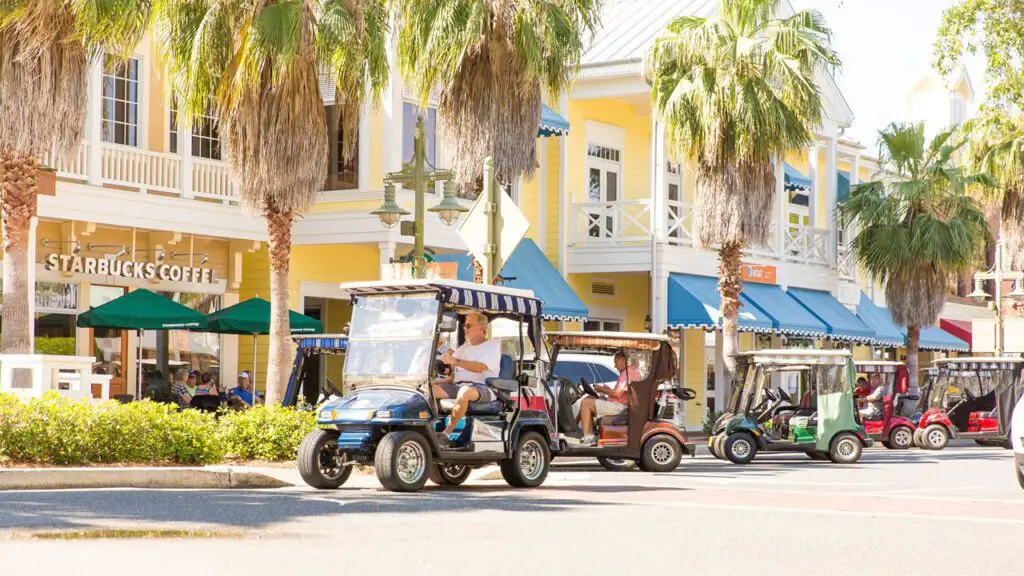
One of the most famous retirement communities in the U.S., The Villages has been praised for its vast amenities and lifestyle perks. But according to reporting from The New York Times, it has also faced growing concerns around infrastructure strain, overcrowding, and limited healthcare access. Some residents have expressed frustration that the explosive growth is outpacing the original design. Emergency services and traffic congestion have both become serious concerns.
While home prices remain high, critics say value for money is declining. Many longtime Villagers now find it harder to enjoy amenities without crowds. Additionally, some facilities have required expensive upgrades or special assessments. For a community built on leisure, stress is becoming harder to avoid.
2. Sun City, Arizona
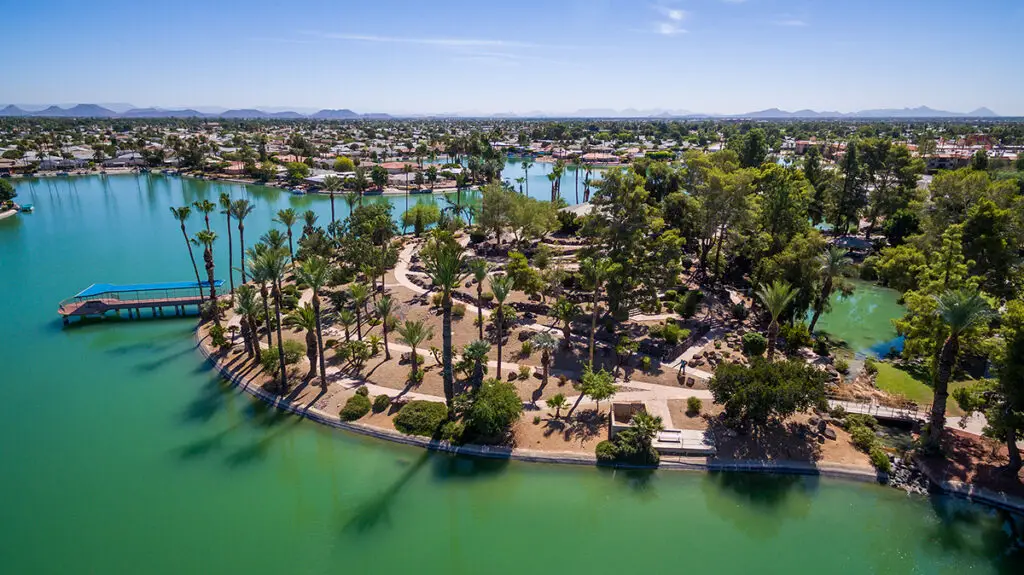
Sun City has long been a favorite for retirees seeking affordability and sunshine, but its age is catching up with it. Originally developed in the 1960s, parts of the community are now showing wear, and some amenities are outdated by modern standards. AZ Central has reported on rising maintenance costs and disputes over amenity renovations. Homeowners associations (HOAs) have been under pressure to fund upgrades without increasing fees too dramatically.
Residents have mixed feelings—some want modernization, others want to preserve the charm. But either way, deferred maintenance is leading to bigger bills down the line. Infrastructure built for a different era may not support the lifestyle today’s retirees expect. Sun City still has appeal, but it’s no longer a turn-key solution for everyone.
3. Laguna Woods Village, California
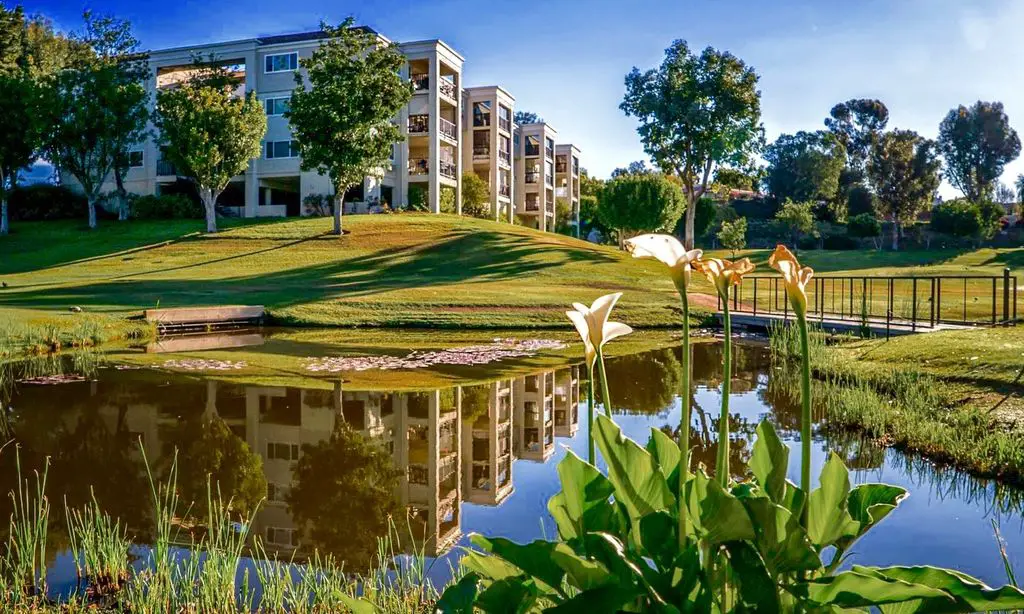
Set in Southern California’s Orange County, Laguna Woods Village is known for its lush landscaping and strong community feel. However, The Orange County Register has highlighted multiple concerns in recent years, including skyrocketing HOA fees and inconsistent management transparency. The costs of maintaining aging buildings and community features are hitting residents’ wallets. What once felt like a haven now feels financially unpredictable.
Some residents feel priced out or overwhelmed by special assessments. Others are frustrated by what they see as miscommunication from leadership. Legal disputes and governance challenges have become part of the conversation. As the population ages, so do the challenges—and they’re not all cosmetic.
4. Del Webb Lakewood Ranch, Florida
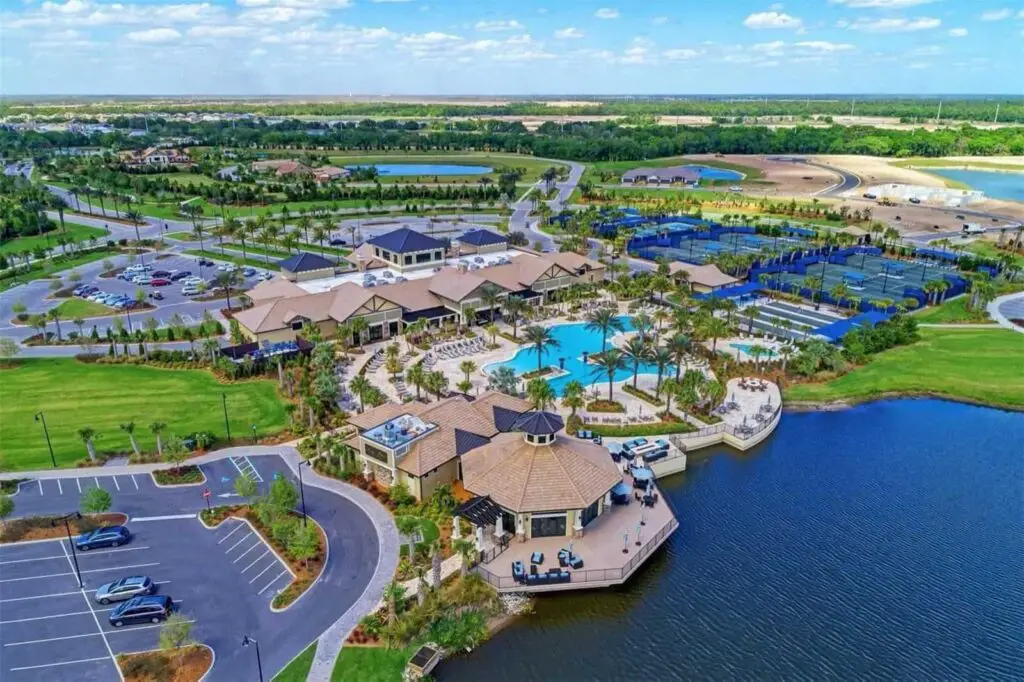
Del Webb is a major name in retirement communities, but not all of their developments are smooth sailing. In Lakewood Ranch, residents have raised complaints about construction quality and drainage issues, according to Sarasota Magazine. Some homes reportedly experienced water intrusion and premature repairs. The community’s rapid build-out has also led to construction fatigue.
Buyers expected premium finishes and reliable craftsmanship, and many say they didn’t get either. Additionally, amenities promised during sales pitches took longer than expected to arrive. These delays create tension, especially when monthly HOA fees continue regardless. Even in sunny Florida, not everything’s as bright as it seems.
5. Solivita, Florida
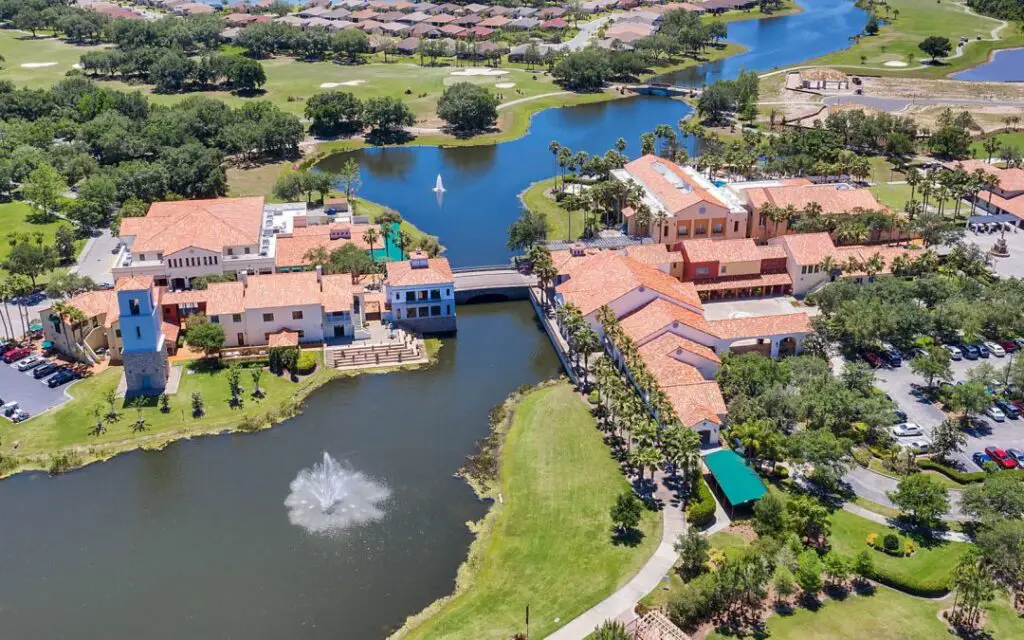
Solivita markets itself as a picturesque retreat for active adults, but residents have flagged concerns about long-term sustainability. Aging infrastructure, paired with limited reinvestment, is making some parts of the community feel neglected. New buyers often move in expecting fresh amenities and consistent upkeep, only to be met with backlogged repairs. The shine of the initial marketing doesn’t always match the reality on the ground.
As HOA costs continue to climb, some owners feel the value equation is shifting. Community forums have raised questions about how dues are allocated. For residents on fixed incomes, even small increases can sting. It’s a reminder that not all resort-style living comes without hidden costs.
6. On Top of the World, Florida
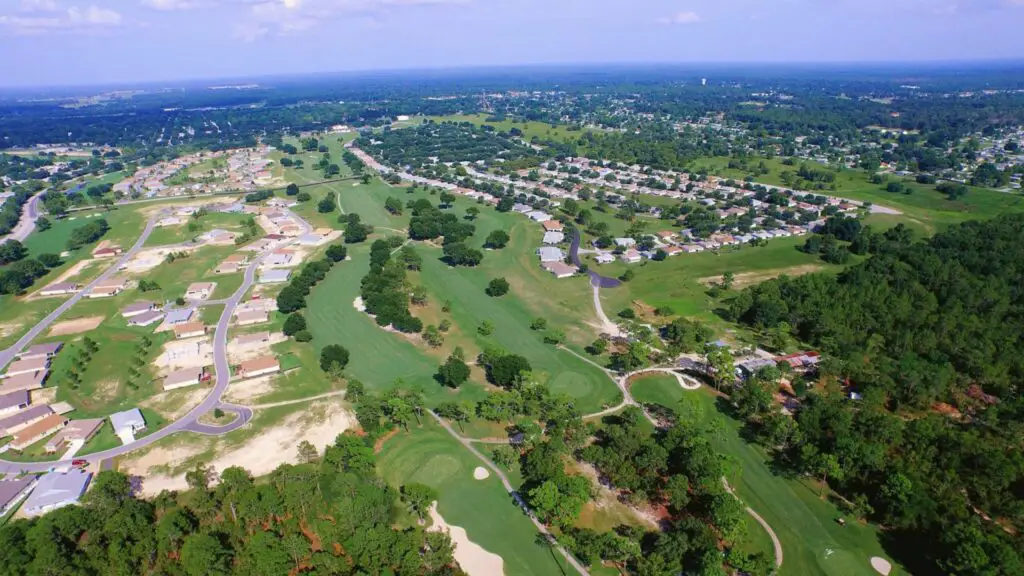
Despite the name, not every resident feels they’re on top of the world. This large Ocala-based community offers extensive amenities, but some residents have voiced concerns over builder responsiveness and quality control. Cracks in driveways and flooring issues are not uncommon topics in online homeowner groups. While some chalk it up to Florida’s soil conditions, others blame rushed development.
There’s also concern that growth is outpacing services like medical access and security patrols. As new sections are added, longtime homeowners worry their needs are being sidelined. Some feel the newer parts of the community are prioritized for sales tours while established areas get overlooked. That’s not the best way to build trust among retirees seeking peace of mind.
7. Tellico Village, Tennessee
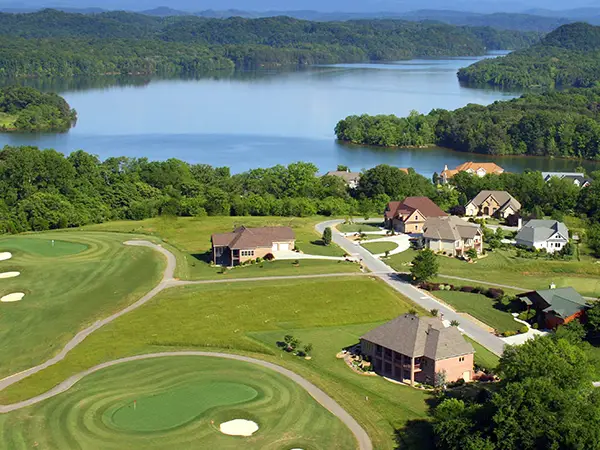
Tellico Village boasts a scenic lakeside setting and a reputation for southern hospitality. But beneath the surface, residents have begun questioning how well the community is preparing for future needs. Concerns around long-term infrastructure upkeep, from roads to stormwater systems, are rising in HOA meetings. Some retirees worry that leadership is more reactive than proactive.
Meanwhile, as the area grows, the rural setting is becoming more developed. This raises questions about whether the community can retain its original charm. Traffic and construction noise now compete with the once-quiet atmosphere. Change isn’t always bad—but it’s not always comfortable, either.
8. Trilogy at Vistancia, Arizona
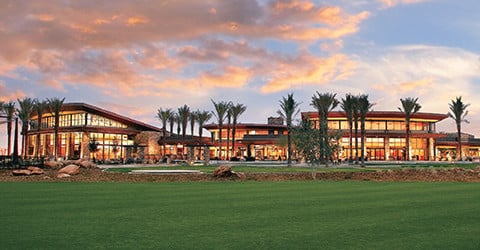
Trilogy communities are known for luxury finishes and high-end amenities, but Vistancia residents have noted some hiccups. Reports of poor drainage, insufficient soundproofing, and warranty delays have left some buyers frustrated. While the grounds and clubhouse look polished, some home interiors aren’t aging as gracefully. Buyers paying a premium expect consistency inside and out.
Others have expressed concern about community engagement and inclusivity. Newer residents sometimes feel left out of established cliques or traditions. That sense of social separation can make a big community feel surprisingly small. For those looking for connection, culture matters just as much as curb appeal.
9. Latitude Margaritaville, South Carolina
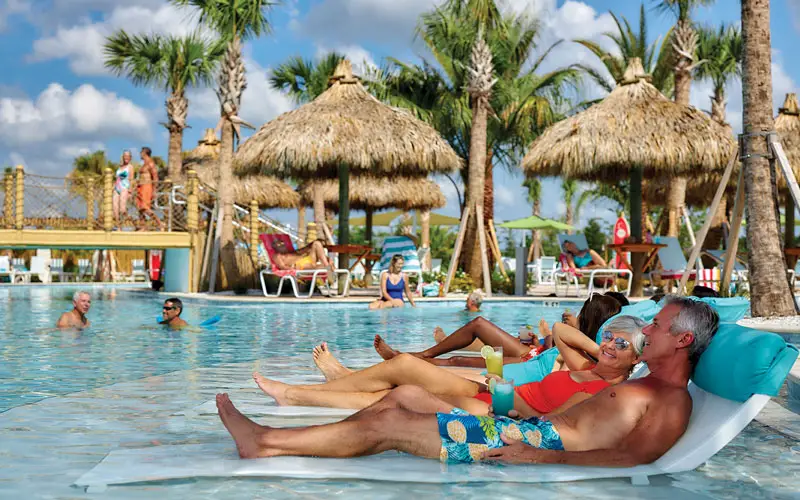
Inspired by Jimmy Buffett’s laid-back lifestyle, Latitude Margaritaville promises fun and flair—but not everyone’s feeling the vibe. Some residents say the party atmosphere doesn’t translate well to daily life, especially when it comes to noise and community rules. Complaints about inconsistent enforcement and management turnover have made rounds on neighborhood forums. It’s hard to relax when you’re constantly wondering what rules apply this week.
Additionally, construction hasn’t always kept pace with demand. Delays in amenity completion have frustrated early buyers. And while the branding is strong, some feel the substance doesn’t quite match. Living in paradise, it turns out, still requires patience.
10. SunRiver St. George, Utah
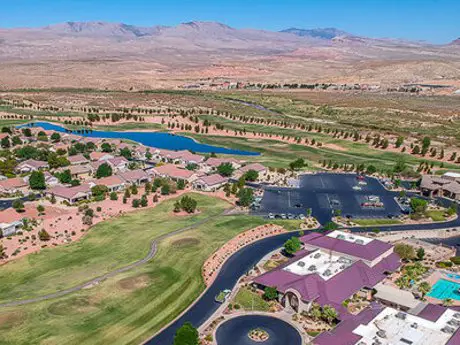
This desert retirement enclave has grown rapidly, but residents are beginning to notice the stress on local resources. Limited healthcare access and water conservation concerns are top of mind. As drought conditions persist, questions about long-term viability have become more frequent. The community’s growth is bumping up against environmental realities.
Infrastructure concerns, such as aging roads and a lack of shaded communal areas, are also being raised. In a hot climate, those little oversights add up. Some newer sections of the community don’t feel as cohesive as the original. The sense of retreat is getting harder to maintain.
11. Sun City Hilton Head, South Carolina
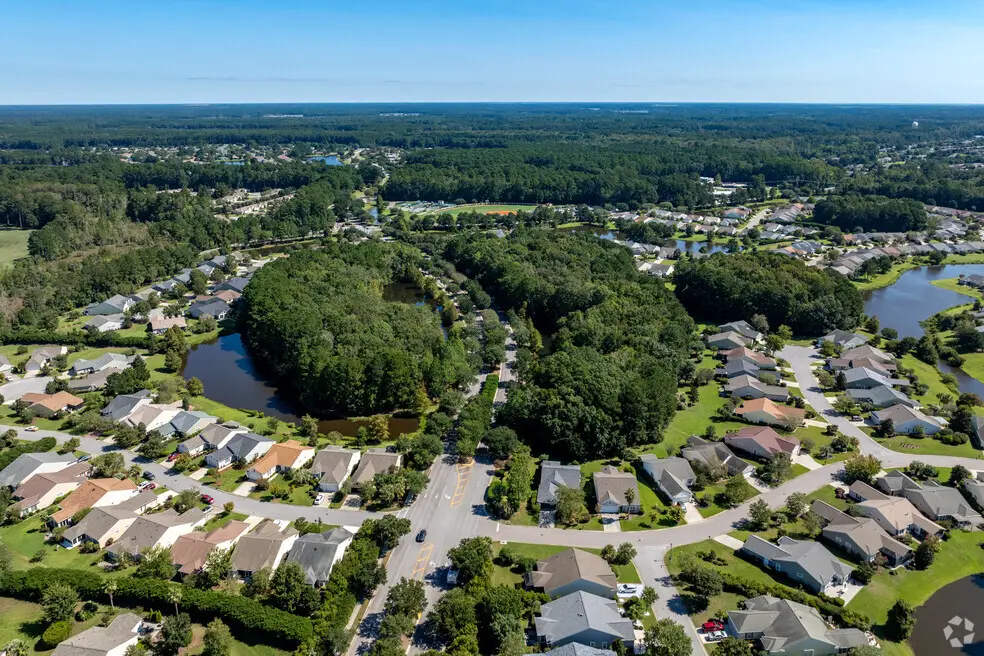
A popular pick for East Coast retirees, Sun City Hilton Head isn’t without its flaws. Residents have complained about management decisions that feel top-down, with little input from the broader community. Concerns around uneven amenity access and fee increases have sparked tension. Some say the balance between growth and quality has tipped in the wrong direction.
New sections are being added, but not always with enough parking or infrastructure upgrades. That leads to frustration among longtime residents who feel ignored. As the community expands, so do the growing pains. Bigger isn’t always better—especially when it comes to retirement.
12. Robson Ranch, Texas

Robson Ranch markets itself as a luxury active-adult community, but there’s growing concern about cost creep. HOA dues and special assessments have risen faster than expected, putting pressure on fixed-income residents. Additionally, reports of inconsistent construction quality have circulated among new homeowners. For what’s billed as a premier community, expectations aren’t always met.
Residents also say community leadership can be opaque. Decisions around amenity use, maintenance timelines, and future plans don’t always include resident input. That lack of transparency chips away at trust. And in retirement, peace of mind matters just as much as a pickleball court.
13. Valencia Lakes, Florida
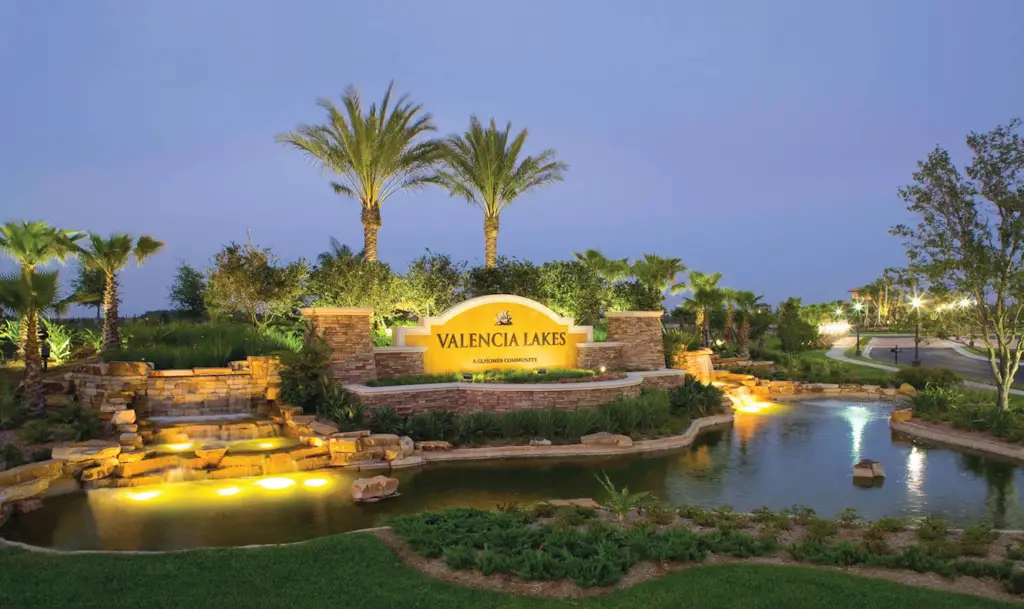
This central Florida community has long attracted retirees looking for a vibrant social scene and manageable costs. But increasing traffic, development pressures, and strained amenities are starting to affect the overall experience. Some residents feel the community is at risk of losing its original small-town vibe. With nearby construction and rising taxes, the buffer between calm and chaos is shrinking.
In addition, questions about long-term maintenance budgeting have started to circulate. Residents want assurances that roads, clubhouses, and recreational areas will stay in top shape. Without a clear plan, many worry about future assessments. The appeal is still there—but the cracks are beginning to show.
14. SaddleBrooke, Arizona
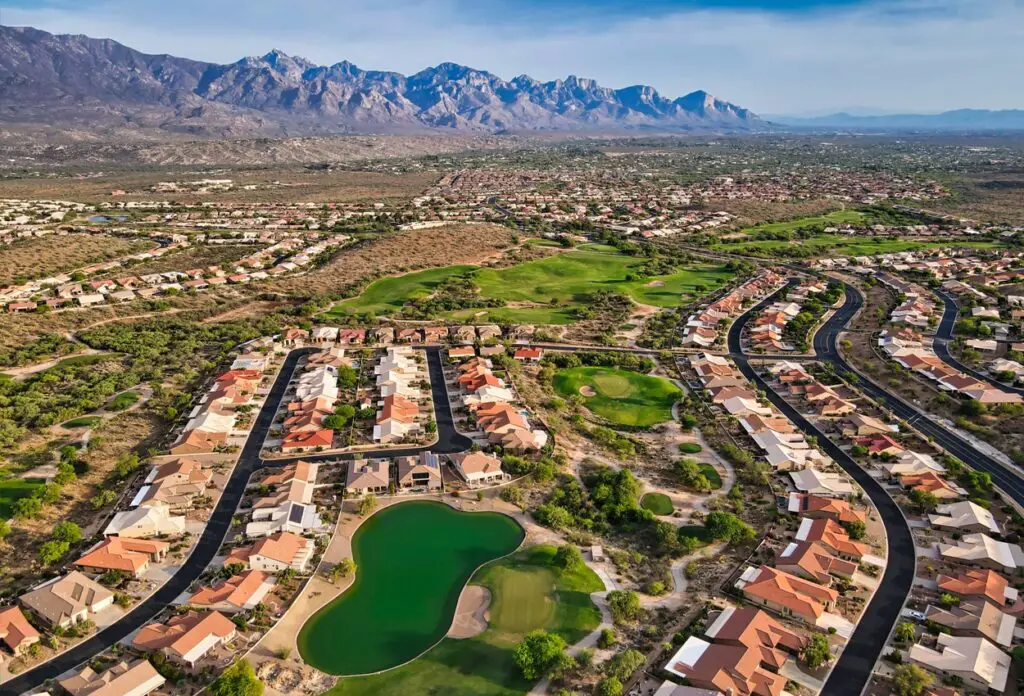
SaddleBrooke has long been a favorite among active retirees in the Tucson area. But the community is now grappling with the challenges of aging infrastructure and shifting demographics. Longtime residents have expressed concern that newer buyers are less engaged in communal responsibilities. That shift is creating strain in volunteer-run committees and neighborhood associations.
At the same time, complaints about road conditions and inconsistent enforcement of community guidelines have grown. The size of the development makes consistent quality hard to maintain. Some say the resort-like experience is slowly giving way to logistical headaches. What was once seamless is now, in some areas, a bit frayed at the edges.
